Prof. Abhay Karandikar was appointed six months ago to serve as the Director of the institute. Joining at a very crucial juncture, it has been a challenging and exciting tenure so far for him. Vox Populi got the chance to have a conversation with Prof. Karandikar to gain an insight into his perspective and plans for the future.
Your relation with IITK goes long back to your M.Tech. and Ph.D. here to your brother’s education as well. How do you feel about being back at your alma mater as the Director of the institute?
This is a feeling of great pride, I really feel humbled and overwhelmed that I got this opportunity. I had never imagined back then that I would someday be back as the director, the thought never crossed my mind. Even after graduating I remained in touch with this place. I used to attend the conferences and the Ph.D. events and used to be a part of the selection committees; I wasn’t cut off. My perception towards the institute has changed, and I’m looking forward to working with everyone at IIT Kanpur.
How have the IITs evolved and what has been the major shift associated with them?
The institutes started with a strong focus on the UG program and have progressed towards strong research programs now. IIT Kanpur is one of the few IITs which have had a strong focus on research. IITs were established initially to help in tech development of the nation as was envisioned by the then Prime Minister Pandit Jawaharlal Nehru.
This aim, however, was not realized for the first 25 years. Advances towards this aim have become significant in the last 10-15 years. The focus has shifted towards doing research that makes a change. This reflects in the way we have a large number of PG students, almost 40% of the population in IITK and more than 50% in IITB. This change in priorities has been a major shift associated with IITs.
What are the most notable changes that have transpired from your masters and Ph.D. at IITK to the start of your tenure as the director?
When I was a student, it was a relatively small institute, and now it has indeed grown in all dimensions. The institute has changed and the faculty members from my time, including my advisors, are now gone or have retired. The infrastructure has improved significantly, and the number of students has expanded from 3k to 7.5k. A smaller number of students inevitably lead to a very cohesive group in the departments, and we used to have significant interactions with all the faculty members. The level of connection and interaction with my supervisor as well as all the faculty members was completely different. The personal connection and the 1-to-1 interaction is a casualty of the increase in the number of students. My return as the director of the institute poses a different role with a completely different set of responsibilities.
Do you feel that there is a difference in future aspirations and expectations between students and faculties which inhibits faculty-student interaction, especially in the case of UGs?
I do not feel that such a difference exists. In the IIT system, there have been a lot of UG students involved in faculty research programs. There are loads of avenues and opportunities for undergraduates to contribute. The students have the opportunity to work in summers as interns. We have a very strong SURGE program here for projects under faculties. Obviously, a very tight curriculum simply doesn’t leave too much time or leeway to manage their program satisfactorily and do research under faculties.
PG students have an extended research program to work on their thesis, so they are expected to be here for a longer period. The situation is so for any university in the world, the PGs and PhDs do most of the serious research.
You have held the chairmanship of the TSDSI and have been working on 5G wireless networks as a faculty in the Electrical Engineering Department of IITB. Could you elaborate on your work in TSDSI and tell us about your research in 5G?
At TSDSI (Telecommunications Standards Development Society, India), we realized that India has never been able to contribute to next-generation wireless standards like 2G, 3G and the likes. We’ve only been importing the equipment and the technology, and then adopting and deploying it. Although significant telecom revolution has taken place in the country, we were still a market for vendors. We haven’t developed any cell phones or base stations or wireless equipment for telecom or any standards.
The major hindrance was that India was the only top telecom country in the world which didn’t have a national standards development organization. And if you don’t have such an organization, then you simply can’t participate in international bodies like 3GPP which make the next-generation standards. It was pertinent that we needed one. Hence TSDSI, now recognized by the government of India as the SDO, became the organizational partner of 3GPP in 2014 and enabled us to contribute to 4G and 5G.
What is the structure of TSDSI and what is it currently working on?
TSDSI has about 45 members, comprising of all the telecom stakeholders – all telecom operators, MNCs, equipment vendors, academia and research institutes, etc. We are making significant contributions to 5g development, e.g., a team from IITB, IIT Hyderabad, IITM made great contributions in the developments. The main focus for us is to adapt the tech to suit Indian requirements.
We believe that India has different requirements as compared to other countries. For example, we need broadband connectivity which can come through wireless networks unlike in the US and other Western countries where there’s ubiquitous availability of fibers. Mobiles are primarily a mode of mobility in the Western countries unlike in India. The situation in India is entirely different; many people don’t even have a wired phone which is ubiquitous and necessary for high-speed connectivity.
Additionally, we need large coverage areas for rural areas and high throughput but low mobility. In addition to that, we have to run on low power since electricity supply is not uniform, sometimes forcing us to rely on generators to run the towers. Keeping this in mind, we are developing tech and prototypes for our modified strategy, popularly known as the “Frugal 5G”. We’re also a part of the 5G testbed initiative by the Government of India. We have taken it to IEEE standards, some of the requirements have gone to ITU and 3GPP as well.
Credits : Ayush Agrawal, Hemant Kejriwal, Kushagra Gupta, Smit Chaudhary

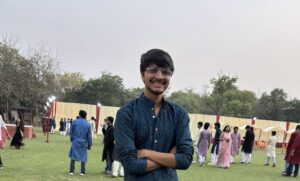



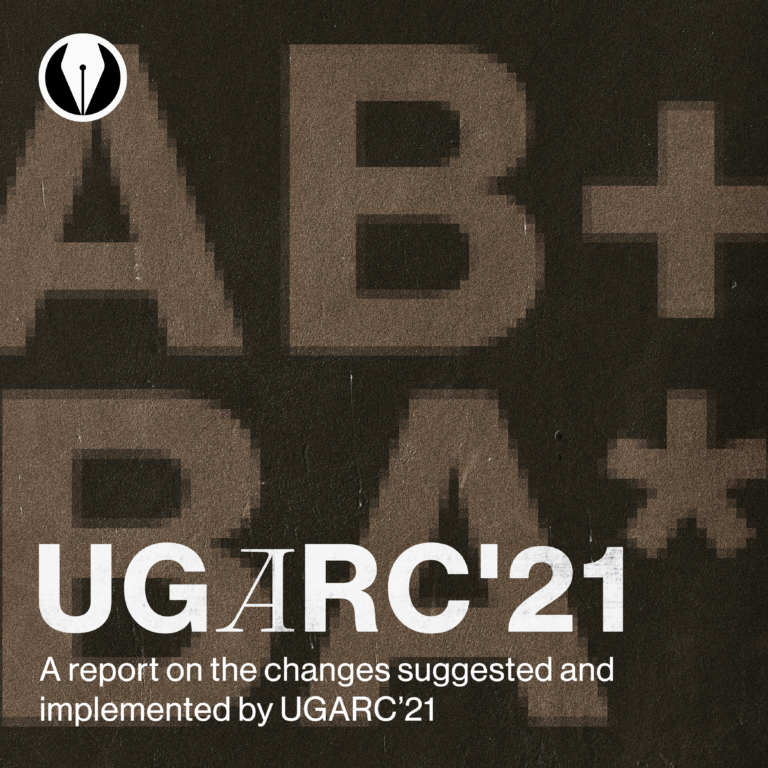
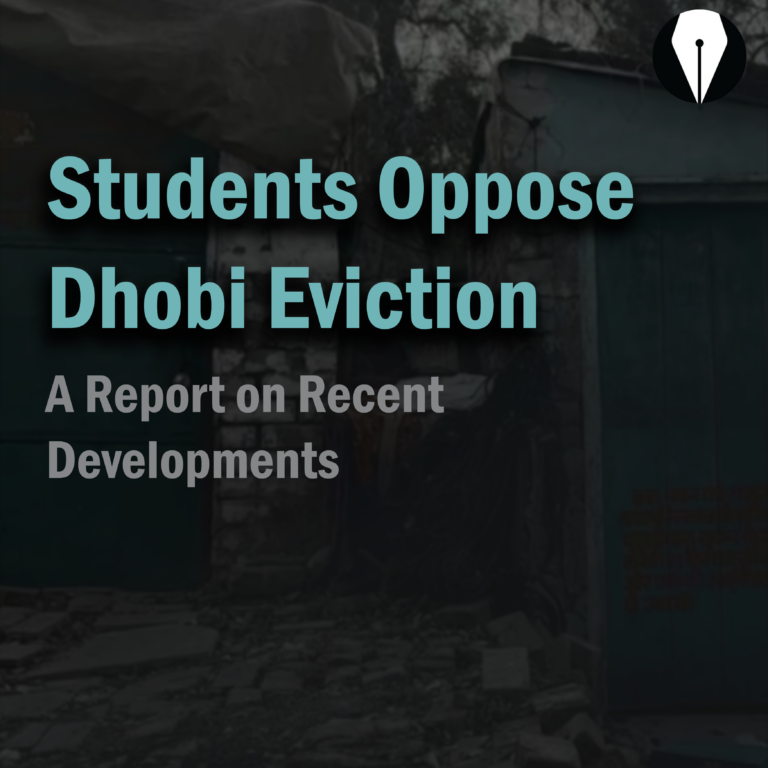

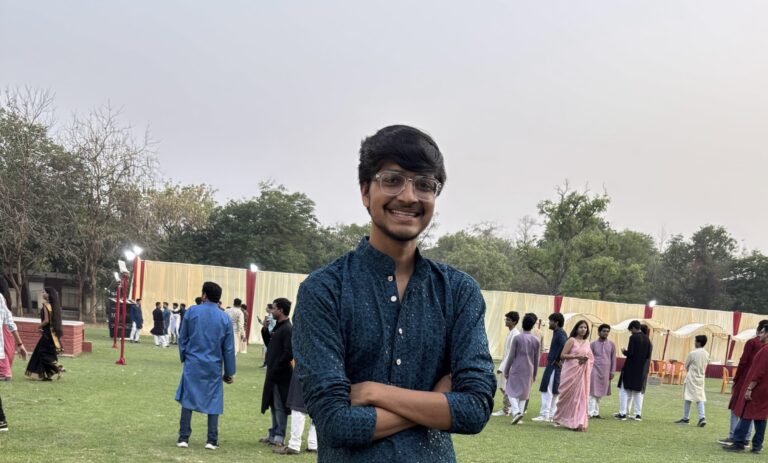
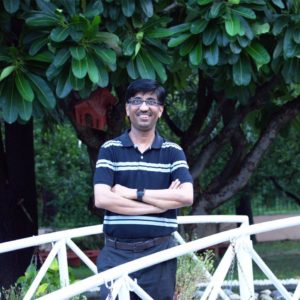
One thought on “In Conversation with the Director – Part 1”